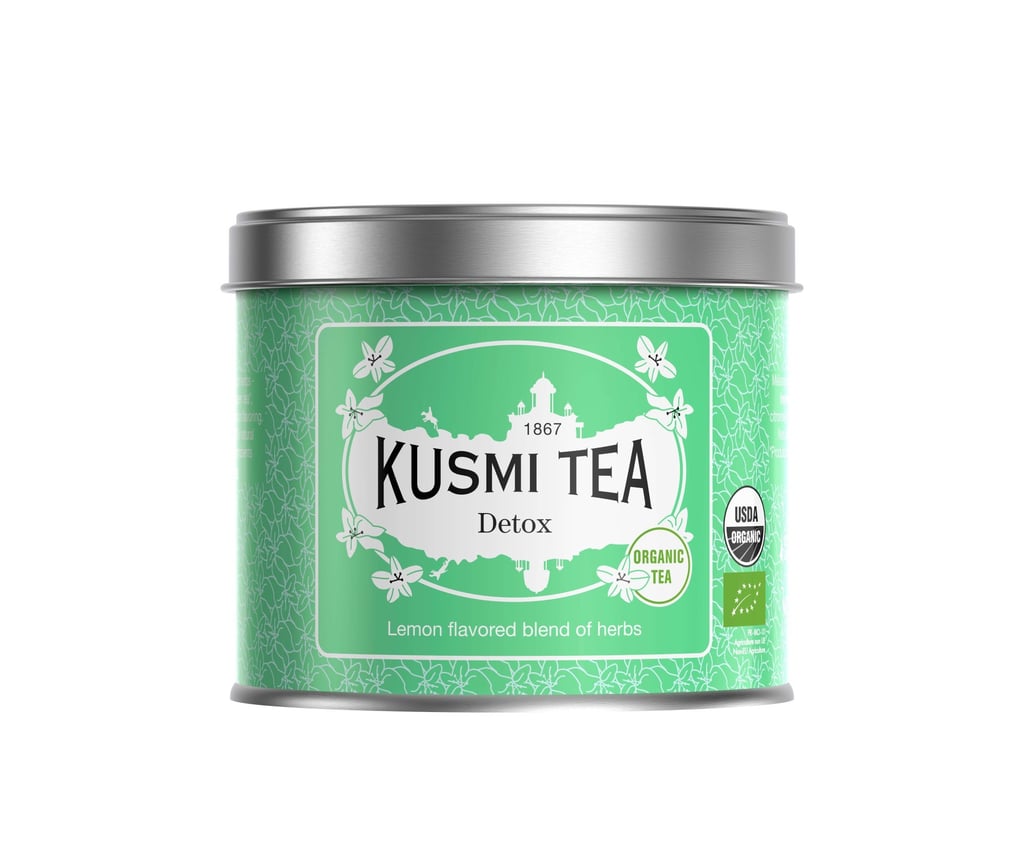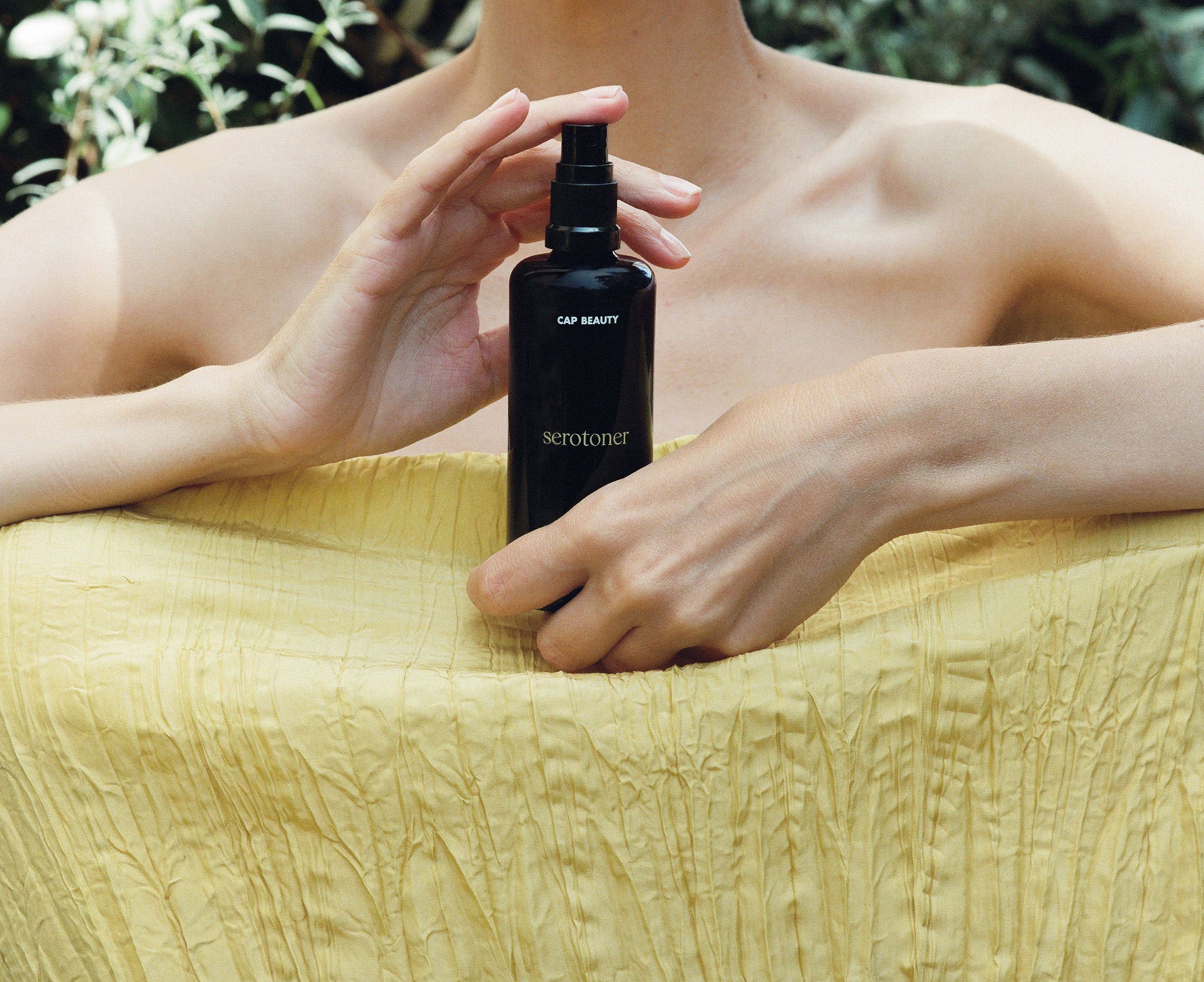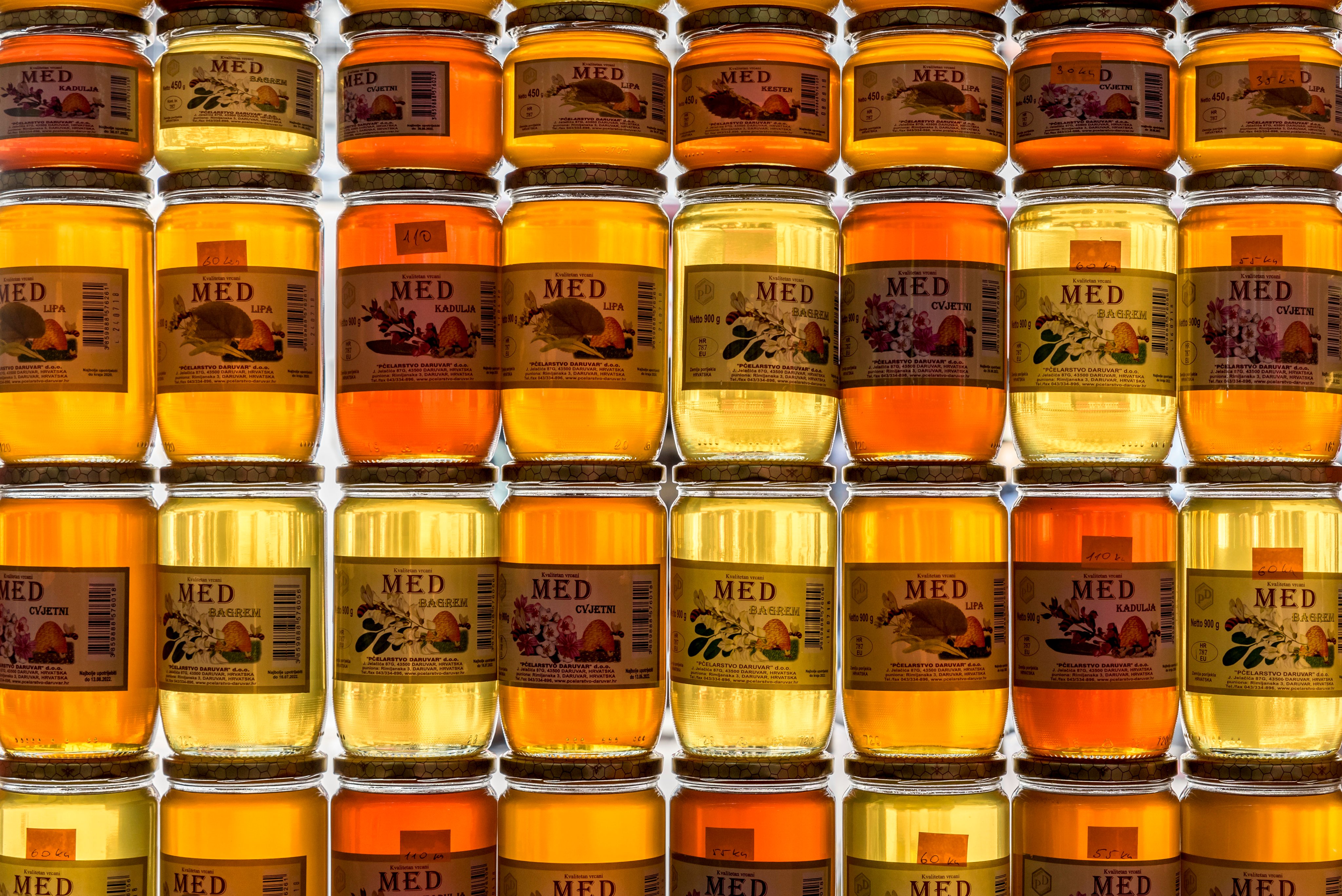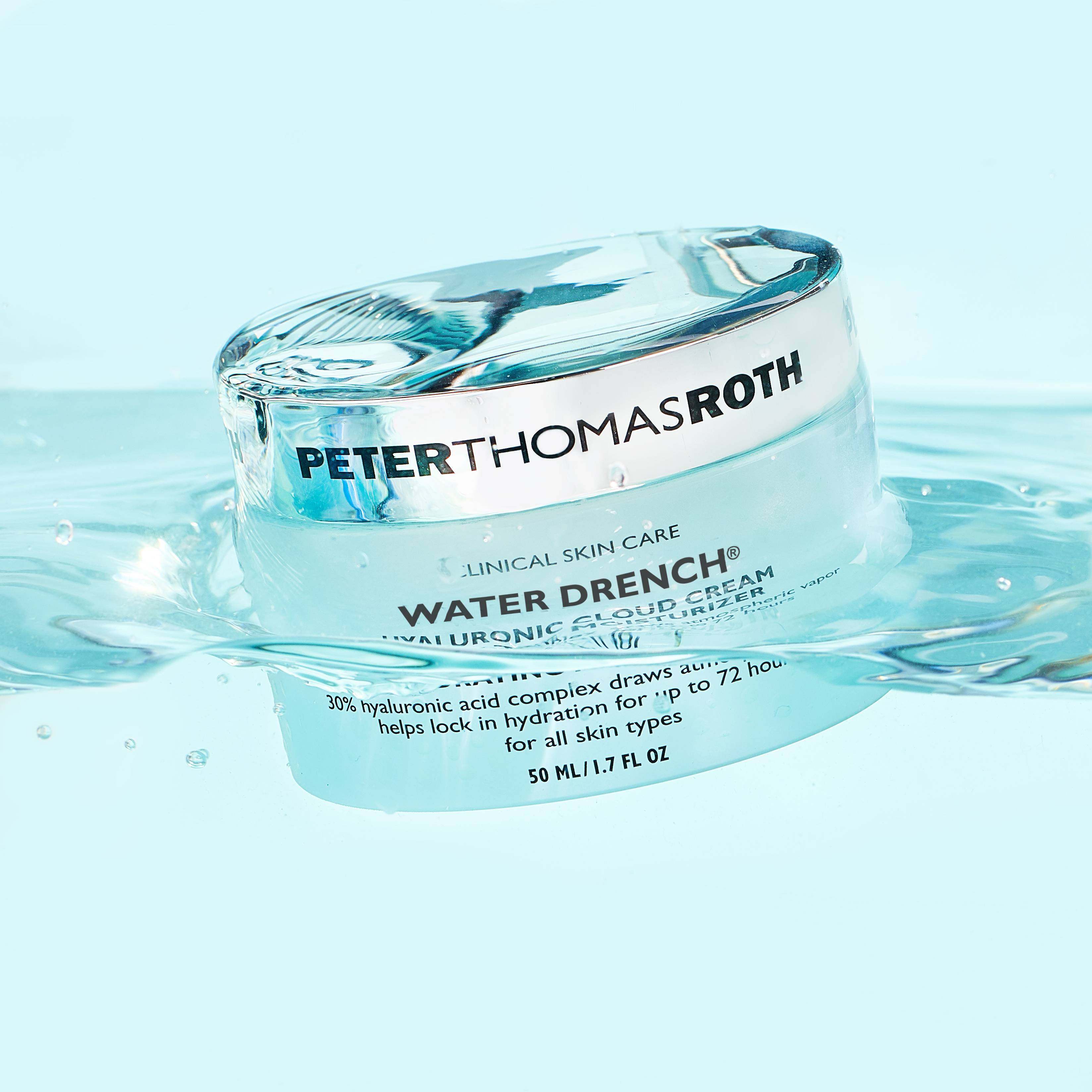Detox dos and don’ts: spring fads often promise instant results, but away from the juice cleanses, science shows that the body needs a healthy diet, exercise and sleep in today’s highly toxic world

Health experts unravel modern detox myths and stress the importance of good diet, an active lifestyle and a long-term approach as the best ways to ensure underlying health risks are kept at bay

The idea of a reset is inherently appealing, especially during transitional times like spring. But beneath the wellness buzz lies a simple truth: the body is not a fixer-upper in desperate need of a deep clean. Dr Christina Rahm, founder of DRC (Deep-Rooted Causes) Ventures, explains that the human body is a finely tuned machine equipped with its own detoxification system, from the liver, kidneys and entire digestive system, to the skin and lungs. “These organs work tirelessly to process toxins and eliminate them,” she notes. Modern lifestyles – with their processed foods, environmental pollutants and chronic stress – can sometimes overwhelm these systems.
Every day, our bodies are bombarded by toxins. Our environment is rife with sources of exposure, from depleted soil and toxic municipal water, to pharmaceuticals, alcohol and processed foods. “Layer in chronic stress, cellular dehydration, excessive blue light and EMF [electromagnetic field] exposure, sleep deprivation, lack of time in nature and sedentary lifestyles, and it’s no wonder our detox pathways are overwhelmed,” says Christy Nault, creator of the Hormone Glow Up programme for women, and a self-styled root-cause health practitioner. Supporting the body’s natural elimination systems isn’t about bypassing or replacing them, she adds: “It’s about working in partnership with them.”

The liver – the star of the show – breaks down toxins and ushers them out with remarkable efficiency. The kidneys meanwhile act as filtration system, removing waste products from the blood and flushing them out in urine. This refined system operates around the clock, requiring nothing beyond balanced nutrition, hydration and perhaps a bit less stress. Still, as Nault notes, we are living in “the most toxic era in human history, inundated daily with pesticides, microplastics, heavy metals, synthetic fragrances, indoor mould, flame retardants, PFAS [perfluoroalkyl and polyfluoroalkyl substances], VOCs [volatile organic compounds] and over 2,000 new unregulated chemicals introduced into our environment each year”. This reality, she argues, makes supporting the body’s natural systems more important than ever.

Detoxification isn’t a new concept: it’s deeply rooted in ancient traditions that viewed cleansing as an act of balance, from Ayurvedic Panchakarma treatments from India, to the sweat lodges of Native American tribes. “Detox was seen as a sacred act of balance between body, mind and spirit. As the modern era unfolded, detox practices became increasingly clinical, losing much of their spiritual and emotional significance,” Nault points out.
Yet the fantasy of a quick fix remains irresistible. Enter the juice cleanse, that beacon of wellness virtuosity. Touted as a pathway to weight loss and inner “purity”, if not done properly it may leave the body starved of essential nutrients, and the mind fixated on its next solid meal. “Detox without drainage is a recipe for disaster. Detox is the process of mobilising toxins inside the body, but drainage is what gets those toxins out. If you begin a detox protocol without ensuring that drainage pathways are open, you risk making yourself more toxic, not less,” Nault warns. Sure, a cleanse might trim a few pounds of water weight, but those pounds will return once solid foods are reintroduced. Worse, these cleanses often lack proteins and healthy fats, risking nutrient imbalances and muscle loss.






